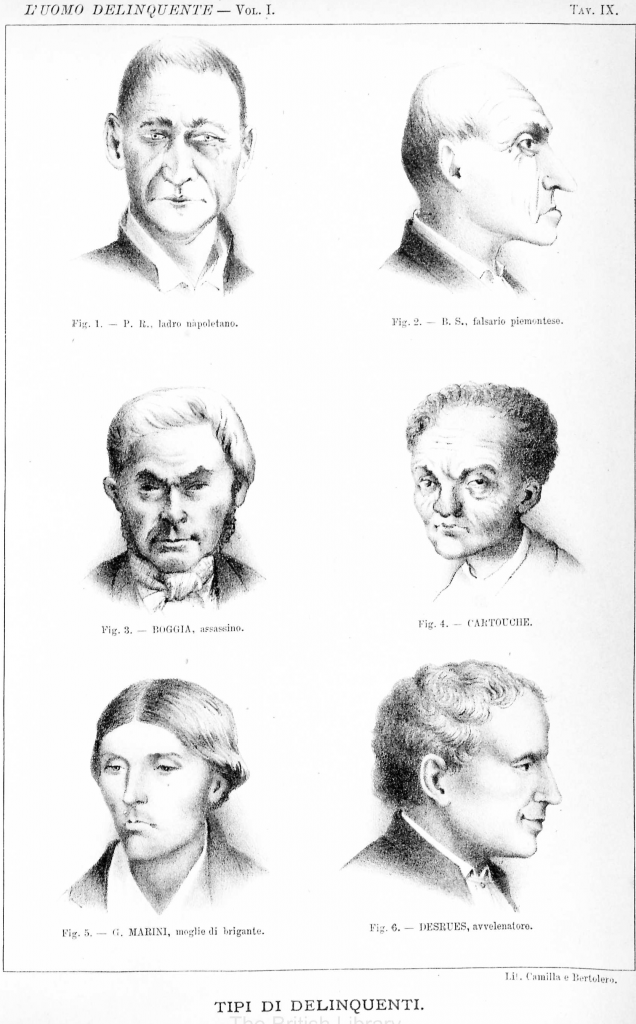Last November 15 I participated in the postgraduate symposium of the Warburg Institute Mnemonic Waves, with a paper on caricatures and the post-Warburgian studies titled Caricatures as Pathosformeln. Gombrich, Warburg, and the Emotions, of which I publish here the text.
Tag Archives: Daumier
Caricature as emotional knowledge
I publish here the talk I’ve given at the Mis-Shapings conference last September 13 at Queen Mary University.
Do we believe in physiognomy? Do we believe, as the Italian anthropologist Cesare Lombroso did, that psychological, emotional, moral attitudes of the individuals can be divined by observing the shape and features of the face?
No, of course we don’t. Physiognomy is pseudo-science, dismissed knowledge, superstition. We can’t make assumptions merely relying on appearances. Can we?
Actually, we do. We do it in our daily life, often unintentionally. But even when we look at artworks we allow us to believe in physiognomy. Continue reading
Manzoni: grimaces of power
In chapter XIII of Alessandro Manzoni’s I promessi sposi, Renzo, one of the two betrothed, is involved in a riot in Milan, where people, exasperated by food shortage, start assaulting the bakeries. To placate the rioters and rescue an official who risks being lynched by the crowd, the Chancellor Antonio Ferrer is forced to intervene. Manzoni represents in his portrait all the hypocrisy and duplicity of power embodied by Ferrer. While cutting through the raging crowd with his wagon, Ferrer shows a hyperbolically smiling face, «a countenance that was all humility, smiles, and affection». He also tries to enhance his intervention with gestures, «now putting his hands to his lips to kiss them, then splaying them out and distributing the kisses to right and left». Ferrer pronounces the empty keywords that are supposed to please the crowd: bread, plenty, justice. But at the end, overwhelmed by the pressure of voices, faces, and bodies surrounding his vehicle, he draws in, puffs out his cheeks, gives off a great sigh, and shows a completely different expression of intolerance and impatience. Continue reading



